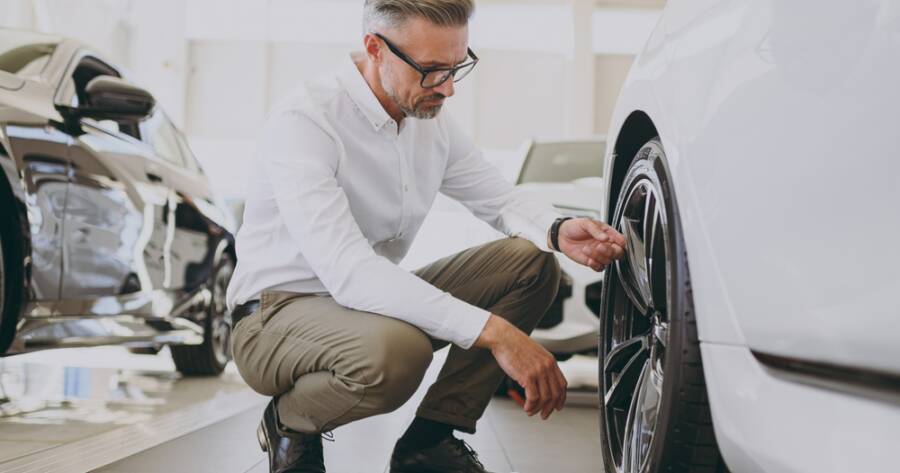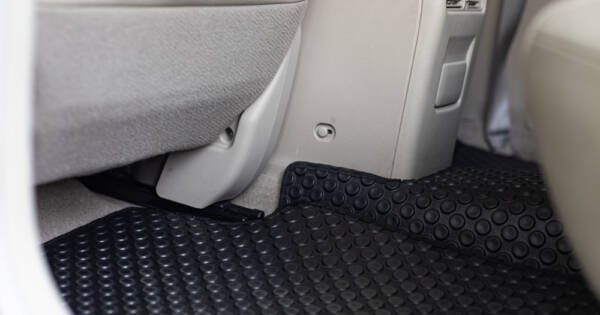Upgrading your car’s look and performance doesn’t have to mean buying brand-new parts. Choosing used rims can be a smart, budget-friendly move that adds style and function. From wheel specifications to physical condition and compatibility, understanding what to look for helps ensure your wheels deliver both value and lasting appeal on the road.
Know Your Wheel Specifications
Before heading into the marketplace for used rims, it is essential to verify the wheel’s size and specifications. The rim size, typically measured in inches, includes the diameter, width, and offset. These features must align with your car’s specifications as outlined in your owner’s manual. Another critical aspect is the bolt pattern. Ensuring the rim’s bolt pattern matches your vehicle’s configuration is paramount for a proper fit and safety. Misaligned patterns can lead to improper fitting, resulting in possible safety risks and compromised vehicle performance.
Inspect Physical Condition
When purchasing used rims, it is crucial to inspect the rims for any kind of damage. This includes examining the rims for cracks, bends, or weld lines, particularly in aluminum wheels, which are more prone to cracking compared to their steel counterparts. Conduct a simple roll test on a flat surface to detect any potential bends or wobbling in the rims. Pay attention to the lug nut holes and ensure they are not oval-shaped, indicating previous instability.
Assess Wheel Performance
Understanding the different aspects that affect wheel performance is essential. The diameter of the wheel affects clearance with your vehicle’s suspension and brake components. It’s highly recommended to test fit the rims to ensure there are no issues with clearance. Additionally, backspacing plays an important role in determining how far a wheel will set outside the vehicle. Factory wheels often have higher backspacing, whereas aftermarket options might require adjustments for optimal fit and appeal.
Choosing Reputable Vendors
The venue where you decide to buy used rims also matters. While options like Craigslist and junkyards might offer some good deals, they often lack quality assurance. It’s recommended to consider purchasing from reputable salvage yards or dealers that provide a level of quality assurance. These sellers often offer higher-quality rims that have already been assessed for damage and functionality. Always inquire about certifications or registration documents that affirm the authenticity and quality of the rims.
Refurbishing Opportunities
Used rims with surface imperfections like flaking chrome or corrosion can still be valuable. As long as the structural integrity of the rim is intact, these cosmetic flaws can be addressed through refurbishing processes such as powder coating or polishing. These processes can revitalize the appearance of the rims, making them look brand new without compromising safety. However, it’s crucial to avoid assuming that all aesthetic damages are purely cosmetic without confirming the structural soundness of the rims in question.
Why You Should Learn More About Used Rims Today
Investing in used rims requires careful consideration of several factors, including physical inspections, knowing your wheel specifications, and selecting reliable vendors. Understanding these elements can ensure compatibility and enhance your vehicle’s performance without breaking the bank. By reflecting on these details, car owners can make informed choices that lead to safe and satisfying upgrades to their vehicles. Making well-informed purchases not only ensures safety but also contributes to overall cost savings and a better driving experience.





